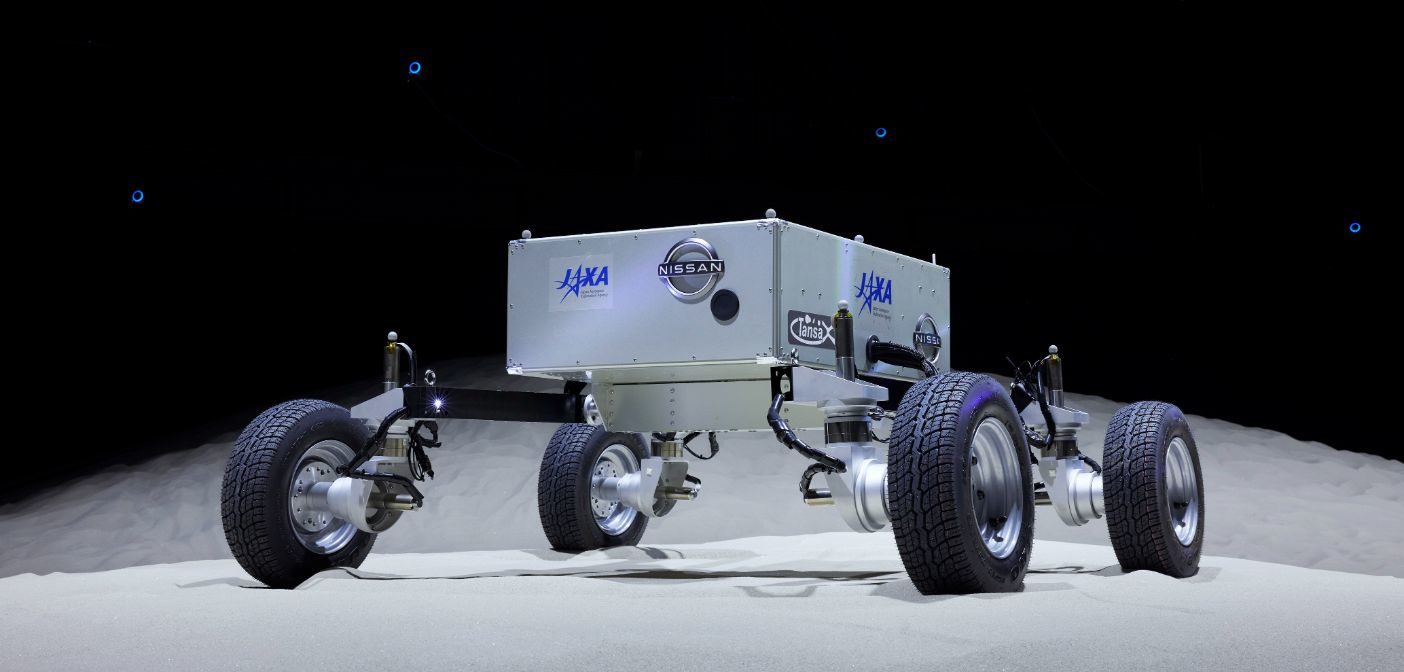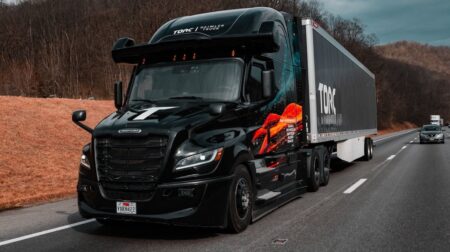Automotive OEM Nissan has unveiled a lunar rover prototype jointly developed with the Japan Aerospace Exploration Agency (JAXA).
The JAXA Space Exploration Innovation Hub Center is conducting research on lunar rovers and Nissan has been working with JAXA on driving controllability of rovers since January 2020.
A lunar rover must be able to traverse the Moon’s powdery, rocky and undulating terrain and be energy efficient. Furthermore, energy sources for operating vehicles in space are limited.
Nissan’s research applies the motor control technology it has developed through its production of mass-market electric vehicles such as the Leaf as well as the e-4ORCE all-wheel control technology featured on the all-new Ariya electric crossover.
In particular, it is e-4ORCE, which precisely controls all four wheels independently, providing the driver with confidence in various conditions, that is boosting the lunar rover’s performance over tricky terrain.

In its joint research with JAXA, Nissan is further developing its e-4ORCE technology to improve its performance in sandy terrain, where wheels frequently spin and dig in, impeding progress.
To avoid getting stuck, Nissan has developed driving-force controls that minimise the amount of wheel spin in accordance with surface conditions.
Through joint research, Nissan will share knowhow gained from test-vehicle development and combine it with JAXA’s knowledge of rover research.
Ikkoh Funaki, director of JAXA’s Space Exploration Innovation Hub Center, said: “JAXA aims to apply the research results to future space exploration.
“We are collaborating with companies, universities and research institutes on projects that are feasible and have potential for commercialisation and innovation.
“By conducting research with Nissan, which has expertise in electrified technologies, we hope to apply our findings to the development of higher-performance lunar rovers.”







